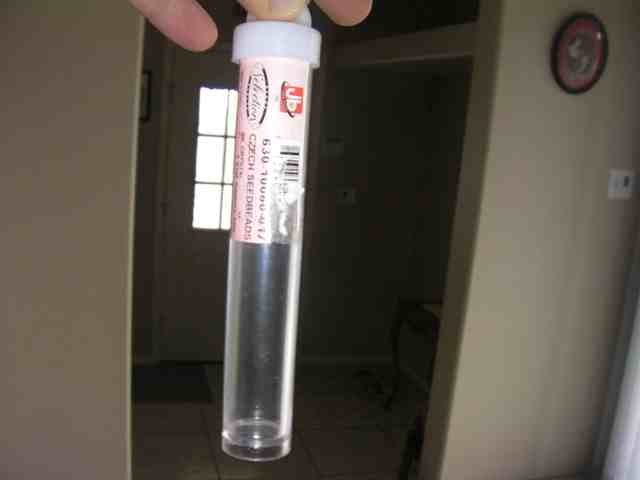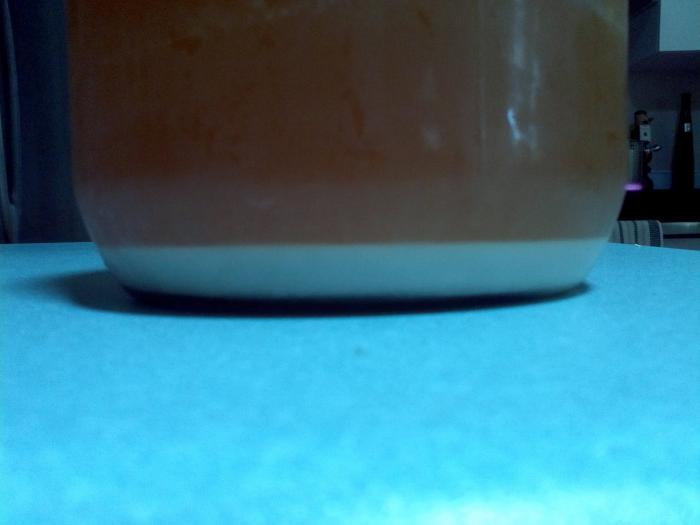barneyfife
Well-Known Member
Hello all,
I am going to try my first attempt at yeast freezing following directions found on this site. My preform tubes are in the mail, but in the mean time,my wife wast throwing out her old plastic beading tubes. I was curious if anyone has used these for freezing yeast. I realize they cant be boiled in water to sterilize, but then neither can the preforms (I assume so anyway). They screw cap seems to seal tight enough, because i have filled one with water, and had it upside down for an hour, with no leaks.
Obviously they are not food grade plastic, but if soaked in Iodophor, would that be enough to sanitize? I will probably try one for the hell of it anyway, but some input would certainly help
Thanks
Barney

I am going to try my first attempt at yeast freezing following directions found on this site. My preform tubes are in the mail, but in the mean time,my wife wast throwing out her old plastic beading tubes. I was curious if anyone has used these for freezing yeast. I realize they cant be boiled in water to sterilize, but then neither can the preforms (I assume so anyway). They screw cap seems to seal tight enough, because i have filled one with water, and had it upside down for an hour, with no leaks.
Obviously they are not food grade plastic, but if soaked in Iodophor, would that be enough to sanitize? I will probably try one for the hell of it anyway, but some input would certainly help
Thanks
Barney







